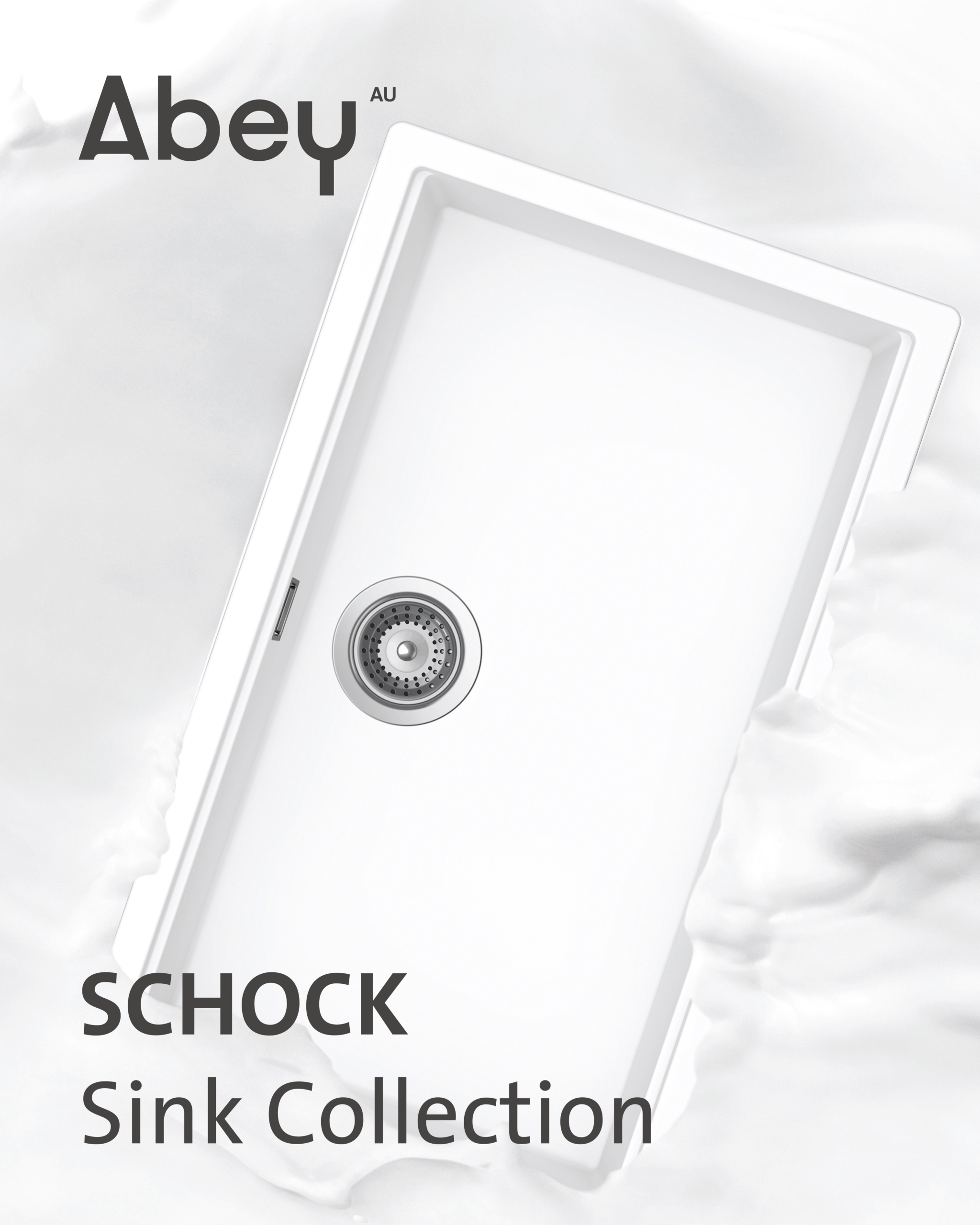
Seascape by Patterson Associates
The single spectator of a tiny South Pacific cove nestled into a rocky escarpment, Seascape is a house that seeks to become part of the landscape itself. Its remote coastal location immediately inspires feelings of stillness, harmony and connection – a sentiment that Patterson Associates encapsulates in this deeply romantic conception of a humble beachside cottage.
The house is small, containing just a lobby, combined living and sleeping area and bathroom, with the brief describing the fantasy of a lovers’ cave. “We wanted to convey the feeling of a couple being shipwrecked on a lonely beach, occupying a cave, lighting a fire and snuggling up in bed, watching the horizon and the sea move outside, waiting to be rescued,” says Andrew Patterson, design director at Patterson Associates.
Seascape was originally designed as a honeymoon destination and retreat for guests. This grew into a deeper aspiration – to achieve the simplest expression of habitation. “The home is designed for two people to connect, with the underlying philosophy that if you can connect with nature, you can connect with yourself,” adds Patterson.
The rugged, isolated location of Seascape perfectly marries with this romantic vision, ensconced above a rocky cove on a sprawling 1600-hectare farm on New Zealand’s South Island. Home to an array of sea life, the bay itself is alive – constantly shifting with fish and sea kelp twisting and flowing underneath. “The bay is really close to the house and it is tiny. Not much bigger than a rugby field,” says Patterson. “I stayed in Seascape for a weekend and was visited by dolphins, a pod of orcas, a variety of birds as well as penguins.”
While grounded in a biophilic design philosophy in every sense, a key way Seascape connects with its stunning location is through its geometry. Complementing a compact and straightforward floor plan, views are all-encompassing and accessed through an interlocking facade that makes the space feel much larger than its true dimensions. “Depending on where you are sitting or looking, you are either directed by the axis of the house to a beautiful crescent view into the cove, or if you move, you’re looking at the view of a dramatic rock formation called The Comb, rising from the distant ocean.
The home responds to its coastal context not only through its geometric design but also through the way its materiality connects with the site itself. Seascape is built using locally sourced materials, including in-situ poured concrete floors and a turfed roof. Notably, the home is made from rock quarried from the farm where it resides. “It is intended to sit in its coastal environment just like another rock face in the bay,” says Patterson. “The rock moves inside to outside effortlessly, linking the cave to the surroundings.” Seascape is lined with horizontal macrocarpa timber sustainably harvested from the farm, forming integrated joinery, wall and ceiling panels that soften the interior space. Materials are complemented by pared-back furnishings also found locally.
Seascape is also inherently informed by its rugged and isolated natural setting from a pragmatic standpoint. A generous wall of double-glazed Low-E glass sits under an earthquake-resistant precast concrete shell, while shatterproof steel mullions utilise earthquake-resistant sliding heads. The structure’s integration into the escarpment above also protects occupants from falling debris. “So, in another major earthquake event, the home’s structure provides a concrete shield from the rockfall from the coastal escarpment above,” says Patterson. “The 2014 Christchurch earthquake struck during the cottage’s construction, causing The Comb to collapse into a single spire, but luckily the shield roof had been poured the month before and was unscathed.”
The building is self-sustaining, relying on harvested on-site water and wastewater treatment, as well as hydro energy while also being incorporated into an extensive reforestation and revegetation project for the entire cove. Seascape will become part of a bigger program within the same approach, with another cottage being developed nearby – another cave of sorts, but for two couples.
Patterson Associates has designed a dwelling that offers a rich and immersive experience of nature – it is just as much a part of the landscape as it is a welcoming shelter from it. “We believe that if a place feels like it belongs in its environment, then the people in it will feel a sense of belonging there too, and we hope, to each other,” says Patterson. By tapping into the idea of connection through the natural world, Seascape embodies what we all strive for in our homes and lives – a sense of affinity, identity and inclusion.
Architecture by Patterson Associates. Interior design by Jenny Anderson. Build by Hoogervorst Builders. Structural engineering by Arthur Tyndall. Tapware by Boffi. Lighting by ECC Professional.





































